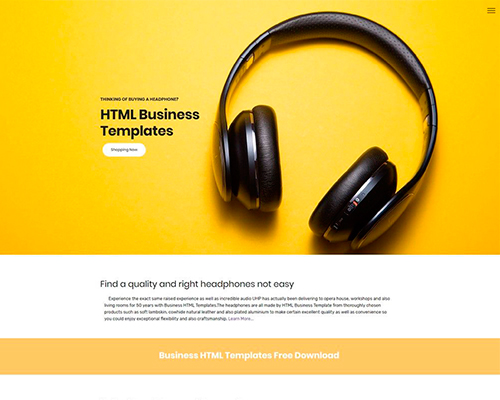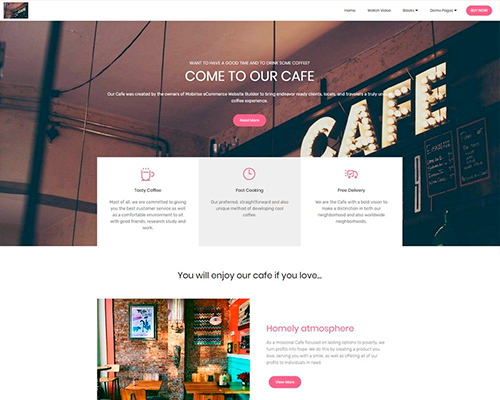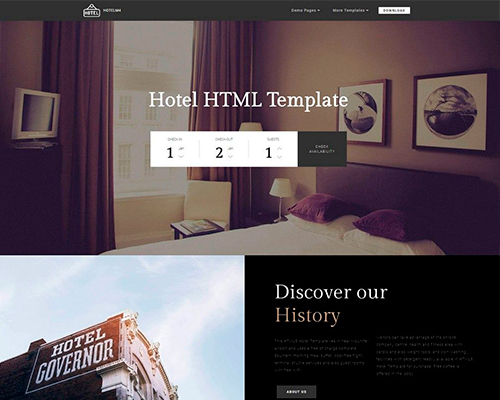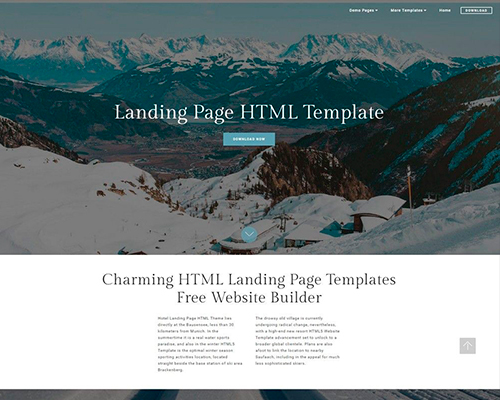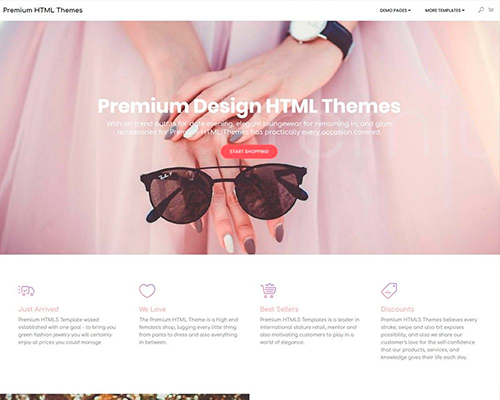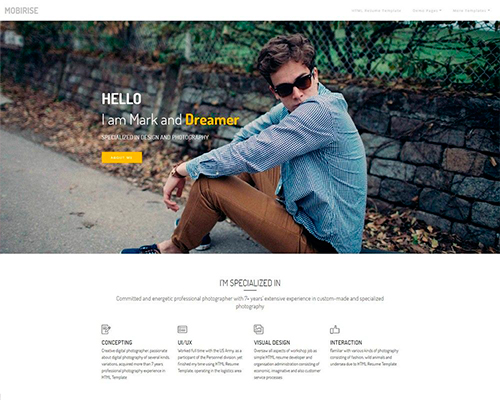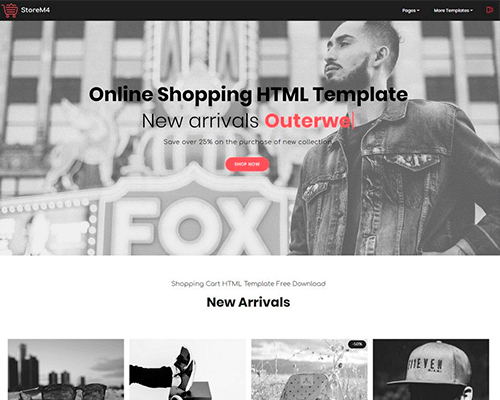Bootstrap Tooltip Popover
Intro
Sometimes, specifically on the desktop it is a fantastic idea to have a subtle callout with a couple of hints appearing when the website visitor positions the mouse cursor over an element. This way we ensure that the appropriate info has been given at the correct time and hopefully enhanced the visitor experience and comfort while working with our webpages. This particular behavior is handled by tooltip element that has a great and constant to the whole framework design look in the most recent Bootstrap 4 edition and it's truly simple to put in and set up them-- why don't we check out precisely how this gets performed .
Factors to notice while employing the Bootstrap Tooltip Popover:
- Bootstrap Tooltips depend on the 3rd party library Tether for positioning . You must involve tether.min.js before bootstrap.js so as for tooltips to operate !
- Tooltips are really opt-in for productivity purposes, so you need to initialize them by yourself.
- Bootstrap Tooltip Button together with zero-length titles are never presented.
- Specify container: 'body' to avoid rendering issues in much more complex
components ( such as input groups, button groups, etc).
- Activating tooltips on covert components will certainly not work.
- Tooltips for .disabled or else disabled features need to be activated on a wrapper element.
- When caused from web page links which span several lines, tooltips are going to be centralized.Use white-space: nowrap; on your <a>-s to steer clear of this activity.
Understood all of that? Wonderful, let's see how they deal with some instances.
The best ways to apply the Bootstrap Tooltips:
First off to get use of the tooltips functionality we should allow it since in Bootstrap these particular features are not allowed by default and need an initialization. To do this incorporate a simple <script> component somewhere in the end of the <body> tag making certain it has been placed after the the call to JQuery library due to the fact that it employs it for the tooltip initialization. The <script> element must be wrapped around this initialization line of code $(function () $('[data-toggle="tooltip"]').tooltip()) that will turn on the tooltips functionality.
What the tooltips actually carry out is getting what is generally inside an element's title = ”” attribute and showing it in a stylizes pop-up element. Tooltips can possibly be operated for various components but are generally most appropriate for <a> and <button> components due to the fact that these are actually employed for the site visitor's conversation with the page and are a lot more likely to be requiring certain explanations concerning what they really do if hovered using the computer mouse-- just prior to the possible selecting them.
Once you have activated the tooltips capability in order to assign a tooltip to an element you require to include two necessary and one alternative attributes to it. A "tool-tipped" elements should feature title = “Some text here to get displayed in the tooltip” and data-toggle = “tooltip” attributes-- these are certainly pretty sufficient for the tooltip to work out coming up over the wanted element. In the case that nonetheless you would like to point out the placement of the hint message regarding the element it concerns-- you can additionally perform that in the Bootstrap 4 framework with the optional data-placement =” ~ possible values are – top, bottom, left, right ~ “ attribute which in turn values like quite plain. The data-placement default value is top and assuming that this attribute is actually omitted the tooltips appear over the indicated element.
The tooltips appearance as well as behavior has remained almost the very same in both the Bootstrap 3 and 4 versions due to the fact that these actually perform function quite properly-- completely nothing much more to become wanted from them.
Representations
One approach to initialize all tooltips on a web page would certainly be to select them through their data-toggle attribute:
$(function ()
$('[data-toggle="tooltip"]').tooltip()
)Inactive Demo
4 approaches are available: top, right, bottom, and left adjusted.

Interactive
Hover over the switches below to observe their tooltips.

<button type="button" class="btn btn-secondary" data-toggle="tooltip" data-placement="top" title="Tooltip on top">
Tooltip on top
</button>
<button type="button" class="btn btn-secondary" data-toggle="tooltip" data-placement="right" title="Tooltip on right">
Tooltip on right
</button>
<button type="button" class="btn btn-secondary" data-toggle="tooltip" data-placement="bottom" title="Tooltip on bottom">
Tooltip on bottom
</button>
<button type="button" class="btn btn-secondary" data-toggle="tooltip" data-placement="left" title="Tooltip on left">
Tooltip on left
</button>And with custom HTML added in:
<button type="button" class="btn btn-secondary" data-toggle="tooltip" data-html="true" title="<em>Tooltip</em> <u>with</u> <b>HTML</b>">
Tooltip with HTML
</button>Usage
The tooltip plugin brings in web content and markup as needed, and by default places tooltips after their trigger component.
Set off the tooltip by using JavaScript:
$('#example').tooltip(options)Markup
The demanded markup for a tooltip is only a data attribute and title on the HTML component you wish to have a tooltip. The produced markup of a tooltip is quite basic, although it does demand a position (by default, adjusted to top due to the plugin).
Making tooltips perform for key board and also assistive technology users.
You ought to only incorporate tooltips to HTML components that are certainly interactive and ordinarily keyboard-focusable ( like hyperlinks or form controls). Even though arbitrary HTML elements (such as <span>-s) can be created focusable by providing the tabindex="0" attribute, this will certainly bring in potentially bothersome and complicated tab stops on non-interactive elements for key-board site visitors. In addition, most assistive technologies presently do not really reveal the tooltip in this particular situation.
<!-- HTML to write -->
<a href="#" data-toggle="tooltip" title="Some tooltip text!">Hover over me</a>
<!-- Generated markup by the plugin -->
<div class="tooltip tooltip-top" role="tooltip">
<div class="tooltip-arrow"></div>
<div class="tooltip-inner">
Some tooltip text!
</div>
</div>Options
Selections can possibly be pass on through data attributes or JavaScript. For data attributes, attach the option name to data-, just as within data-animation="".


Data attributes for various tooltips
Options for specific tooltips can alternatively be specified through the use of data attributes, just as clarified above.
Tactics
$().tooltip(options)
Attaches a tooltip handler to an element collection.
.tooltip('show')
Uncovers an component's tooltip. Returns to the caller right before the tooltip has actually been revealed (i.e. right before the shown.bs.tooltip activity takes place). This is considered a "manual" triggering of the tooltip. Tooltips with zero-length titles are certainly never displayed.
$('#element').tooltip('show').tooltip('hide')
Stores an element's tooltip. Returns to the customer prior to the tooltip has really been hidden (i.e. just before the hidden.bs.tooltip occasion takes place). This is kept in mind a "manual" triggering of the tooltip.
$('#element').tooltip('hide').tooltip('toggle')
Toggles an element's tooltip. Comes back to the caller just before the tooltip has actually been revealed or disguised (i.e. prior to the shown.bs.tooltip or else hidden.bs.tooltip event occurs). This is considered a "manual" triggering of the tooltip.
$('#element').tooltip('toggle').tooltip('dispose')
Hides and gets rid of an element's tooltip. Tooltips which work with delegation ( that are produced using the selector possibility) can not be independently eliminated on descendant trigger elements.
$('#element').tooltip('dispose')Events

$('#myTooltip').on('hidden.bs.tooltip', function ()
// do something…
)Conclusions
A factor to think of here is the amount of information that goes to be inserted into the # attribute and at some point-- the location of the tooltip baseding on the place of the main component on a display screen. The tooltips need to be exactly this-- quick meaningful suggestions-- setting way too much details might just even confuse the website visitor rather than assist navigating.
In addition in the event that the main component is too near to an edge of the viewport putting the tooltip alongside this very edge might lead to the pop-up text message to flow out of the viewport and the info inside it to turn into practically inoperative. So when it involves tooltips the balance in operation them is crucial.
Check a couple of youtube video training relating to Bootstrap Tooltips:
Connected topics:
Bootstrap Tooltips formal records

Bootstrap Tooltips information

Change Bootstrap 4 Tooltip template without refresh

